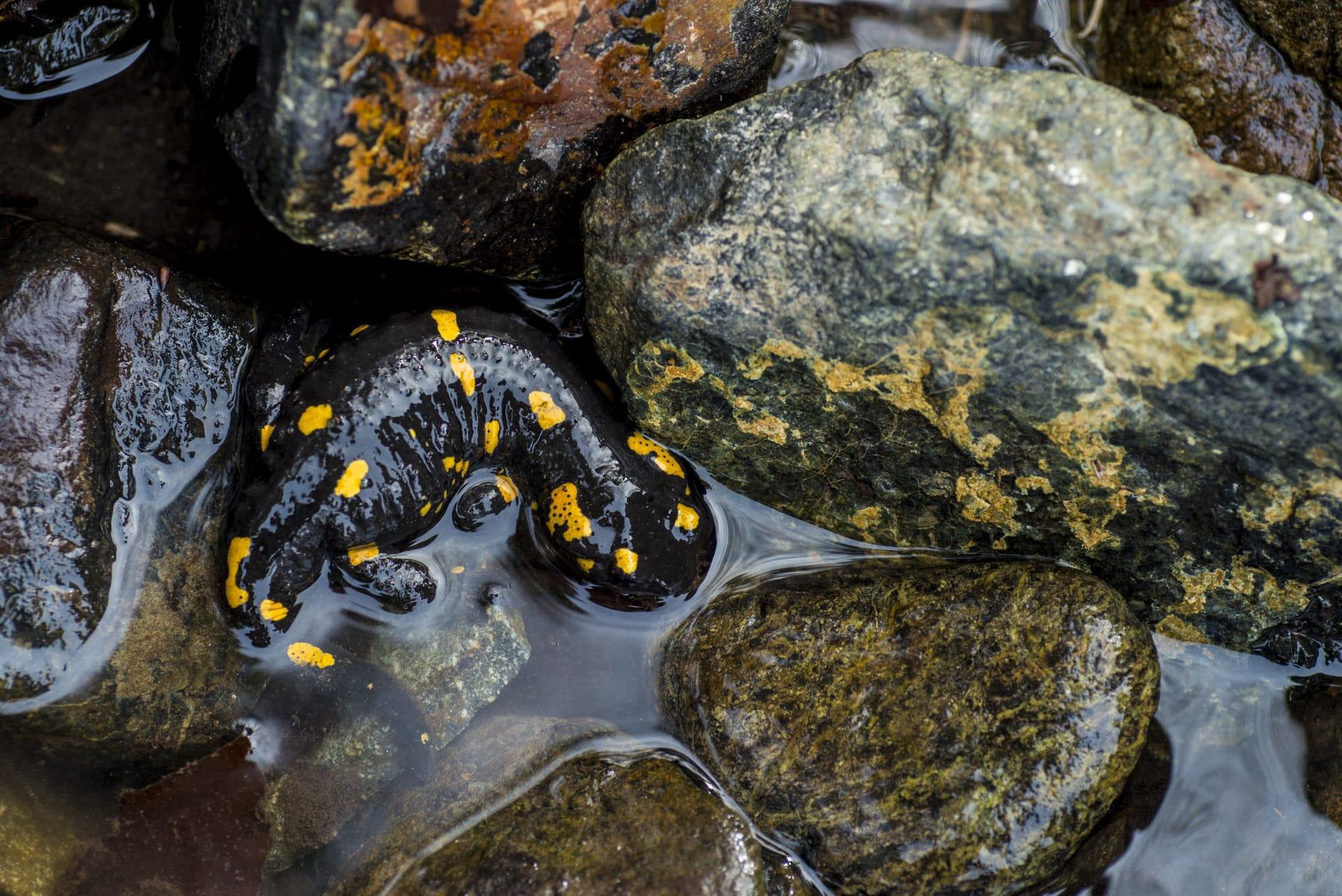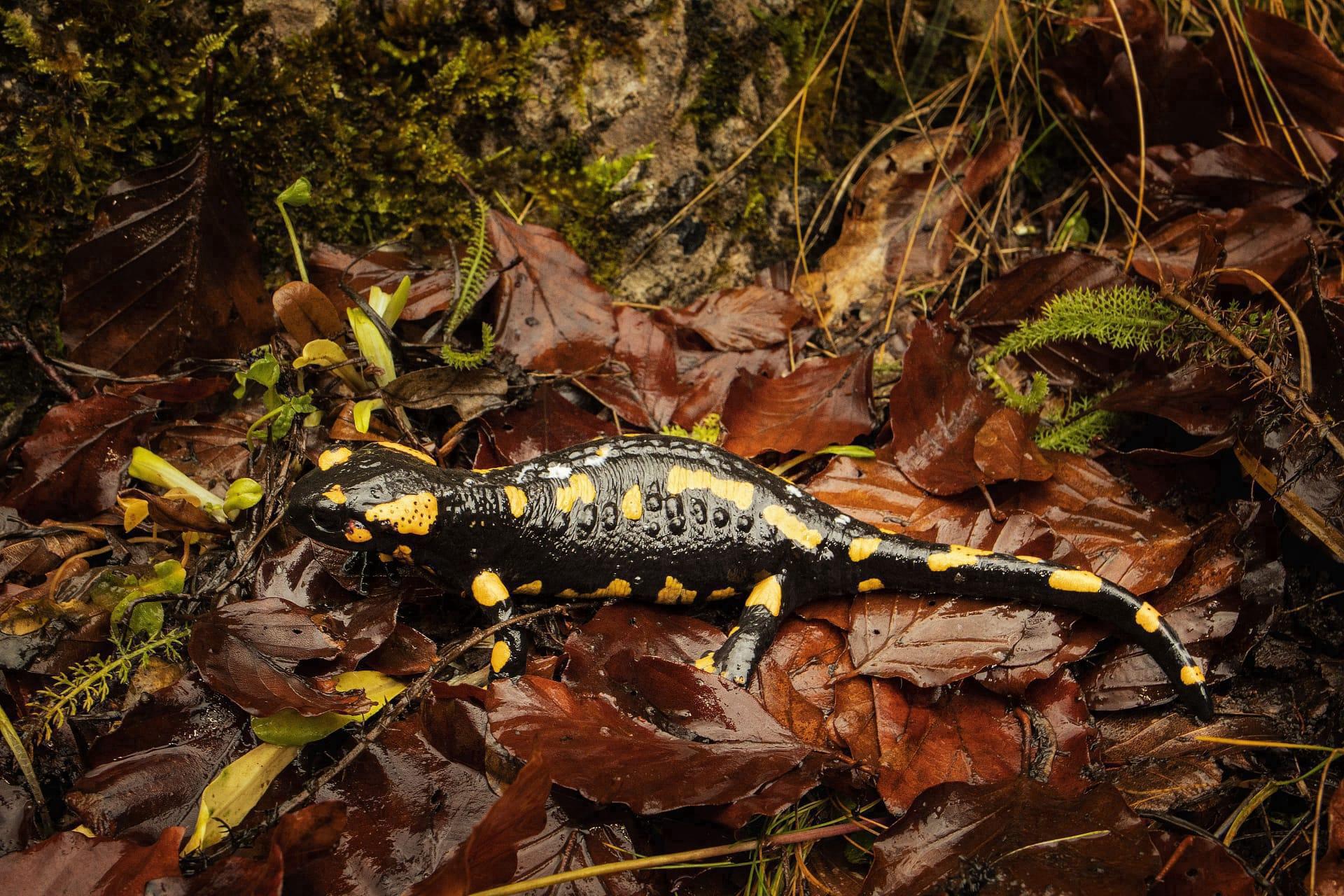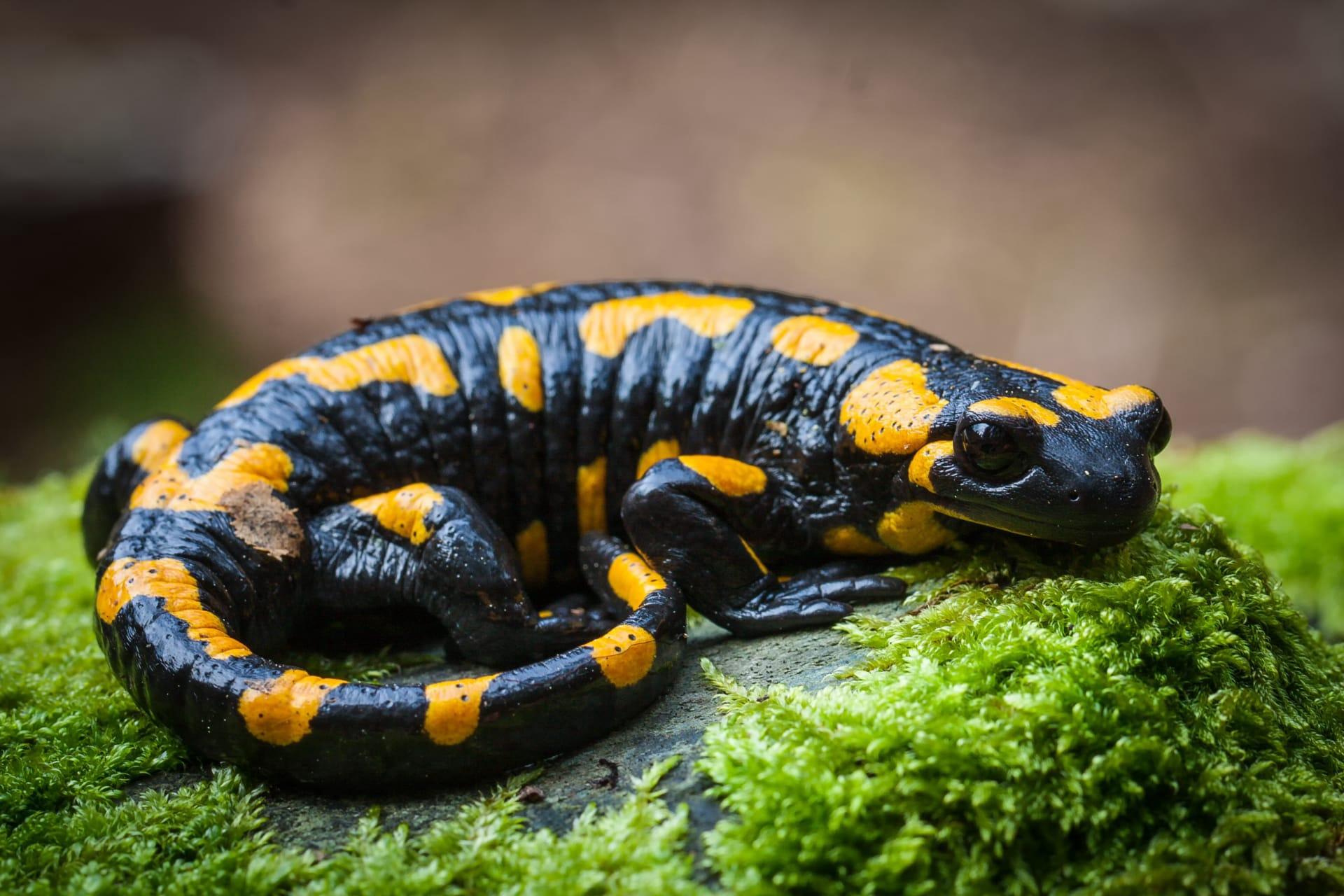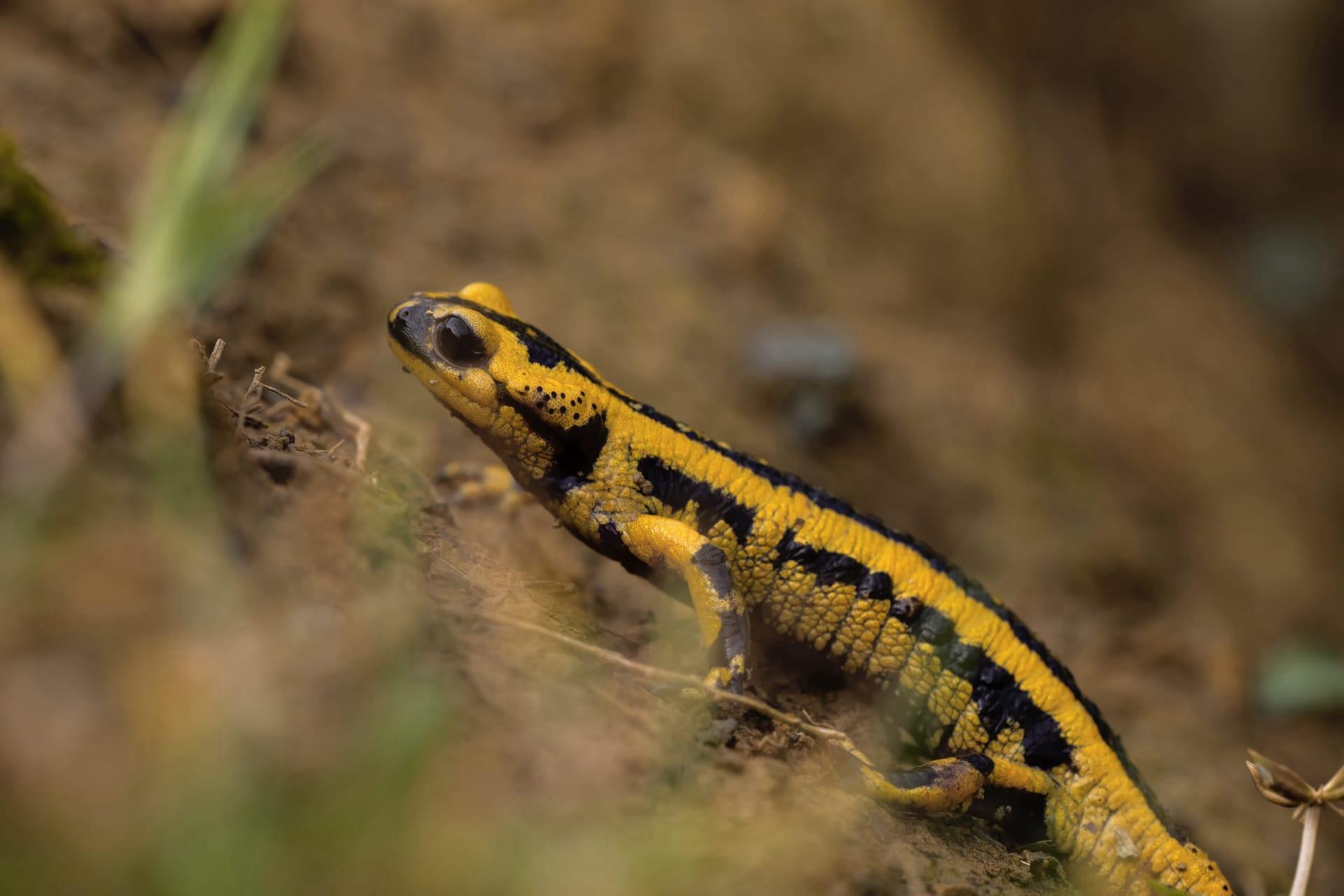Salamander Trivia
- Home /
- Trivia Question /
- Animal /
- Salamander Trivia
1
Question: How many species of salamanders exist worldwide, and where can they be predominantly found?
Answer: There are over 500 species of salamanders found across the globe, thriving mainly in the temperate regions of the Northern Hemisphere. The greatest diversity is in North America, especially in the Appalachian Mountains, where the moist, cool environment is ideal for them.
Question: What is unique about the salamander's skin compared to other amphibians?
Answer: Salamanders have a unique skin that is moist and permeable, allowing them to absorb oxygen and water directly through it. This skin secretes mucus, which keeps it moist and reduces the risk of dehydration. However, this feature also makes them sensitive to environmental changes and pollution.

2
Question: Do salamanders have the ability to regenerate body parts, and if so, how?
Answer: Yes, salamanders are remarkable for their ability to regenerate lost body parts. They can regrow limbs, tails, and even parts of internal organs. This regeneration process involves dedifferentiation, where cells at the injury site revert to a stem-cell-like state, and then redifferentiate to form new tissues.
Question: Is it true that all salamanders are poisonous?
Answer: No, not all salamanders are poisonous. While some species, like the rough-skinned newt, have potent skin toxins, many salamanders are not harmful to humans. However, handling them should be done cautiously as their skin can be sensitive, and their secretions may irritate human skin.

3
Question: How do salamanders communicate with each other?
Answer: Salamanders primarily use body language and chemical signals for communication. Some species use visual displays like posturing or changing color, while others release pheromones to convey messages, especially during mating season. Unlike frogs, salamanders are generally quiet and do not use vocalizations to communicate.
Question: What is the lifespan of a salamander, and does it vary among species?
Answer: The lifespan of salamanders varies significantly among species. Some small species may live for 5-10 years, while larger ones like the Japanese giant salamander can live for over 50 years in the wild. Factors influencing their lifespan include habitat, predation, and environmental conditions.

4
Question: What do salamanders eat and how do they hunt for food?
Answer: Salamanders are carnivorous, feeding on a variety of invertebrates like insects, worms, and spiders. Larger species can eat small fish and other amphibians. They are typically nocturnal hunters, using their excellent sense of smell and vision to locate prey, and then capturing it with a quick snap of their tongue or mouth.
Question: Can salamanders survive both in water and on land?
Answer: Salamanders are amphibians, so many species have life stages both in water and on land. Aquatic salamanders, like the axolotl, spend their entire lives in water. Others, like the red-spotted newt, have a terrestrial juvenile stage and an aquatic adult stage. The ability to adapt to both environments is key to their survival.

5
Question: Are there any salamanders that never undergo metamorphosis?
Answer: Yes, some salamander species, like the axolotl, exhibit a phenomenon called neoteny. They retain their juvenile features, like external gills and a finned tail, throughout their life and never undergo complete metamorphosis to become terrestrial adults. They remain aquatic and gilled.
Question: How does temperature affect the life cycle of a salamander?
Answer: Temperature plays a crucial role in the life cycle of salamanders. It affects their breeding, growth, and hibernation patterns. Most species require specific temperature ranges for successful breeding and development of eggs. Cooler temperatures can slow down their metabolism, leading some species to hibernate during winter to survive.